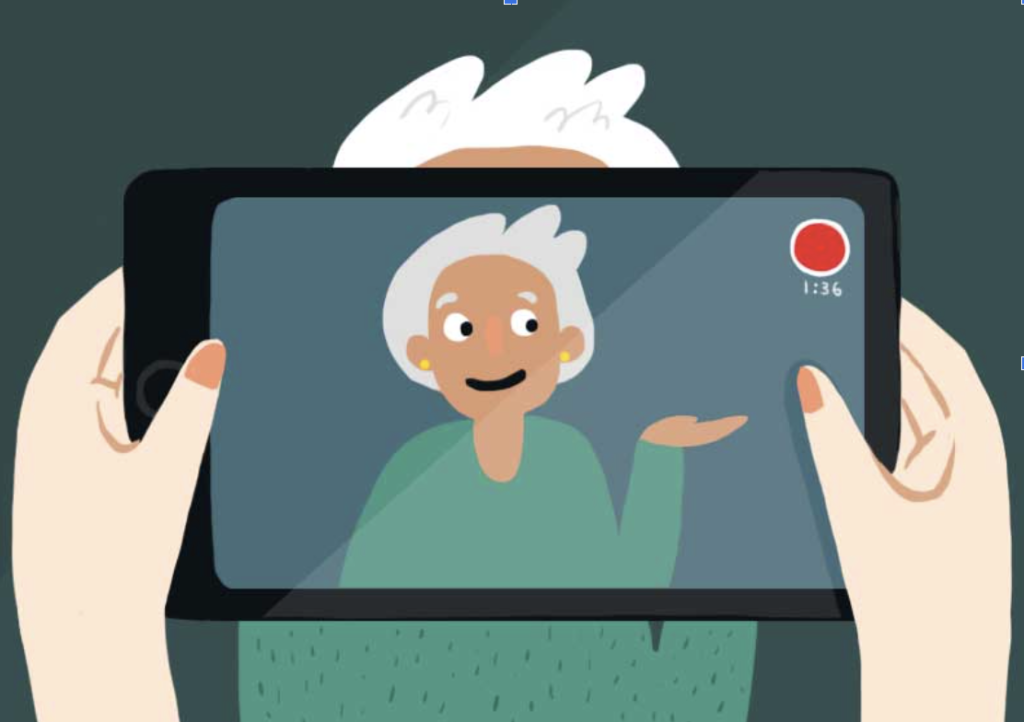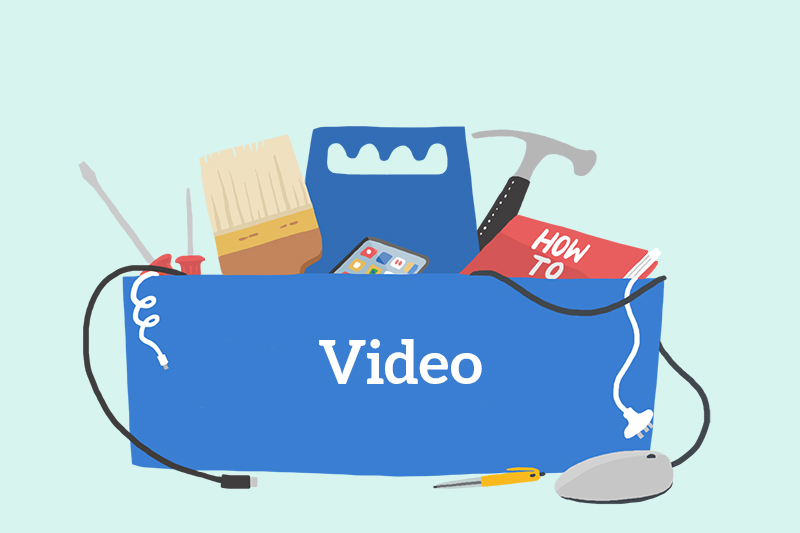
Crowdfunding is all about preparation.
The first week of your campaign is absolutely vital. Getting 30% of your funding goal in that time is a huge turning point, and has a massive influence as to whether or not you succeed.
The only way you can reach those milestones fast enough is to know exactly where your first supporters are coming from before you launch.
Your first supporters are the ones who really buy into your vision
More often than not, they are people you personally know – your parents, your siblings, friends, acquaintances, and that person you used to pash behind the bike sheds in third form.
They are also often people who knew you were working on a PledgeMe project well in advance of you actually launching it.
People who manage to reach massive success often have one thing in common
They’ve talked to dozens (if not hundreds, or thousands) of people about their campaign before it has launched. They know who their crowd is, and where to find them.
They recognise the importance of reaching their early milestones to provide social proof that the project is legit.
No matter what your project is for, your strategy should always include telling as many people as you can about it and — incidentally — that you’re crowdfunding.
Successful crowdfunders talk to people
This is going to mean writing blogs, sending emails, posting to social media, creating videos, and most importantly: talking to people.
Once a person is interested, you’ve got to keep them interested. And you’ve got to be able to find them again.
That can be a little difficult when it could be anything up to a year between your first conversation and the launch of your project, so here are some steps for finding and engaging your first supporters.
1. Start a mailing list
Yes, email. Your Facebook page is subject to the Facebook algorithm – meaning you won’t necessarily reach your audience when you post.
But email allows you to communicate with them directly, when it’s important.
So start a mailing list. Mailchimp will give you a free one but they’re not your only option. Embed the sign up form on your Facebook page.
Ask people to sign up if they want to be first in line for news and earlybirds for your project. Install the sign-up app on your phone ready to get their details.
2. Talk to people
Lots of people. As many as possible for as long as possible ahead of your launch.
You should have started this yesterday.
Sell your vision and your dream. Infect people with your passion. Convince them that you’re going to change the world in your own way – and that they can help you do it.
3. Get your first supporters on that mailing list
This is how you’re going to keep them in the loop, and find them later.
This is how you start drumming up interest, and how those people will remember you – and tell other people about you.
Set up an automatic introduction email so everyone on your list has the basics of who you are and what’s going on when they sign up.
4. Share content with your first supporters well in advance of your campaign
If you’re still anything longer than 3 months away from your launch, then monthly updates are enough to remind people that you exist.
As you get closer to your launch, increase the frequency of your updates. Have them vote on their favourite rewards. Give them sneak peaks at your progress. Share your journey.
5. Tell your first supporters the honest truth
It’s important your first supporters know they need to be your first supporters.
People will put things off to the last minute whenever possible. That isn’t helpful when it comes to reaching that 30% mark, so it’s a good idea to tell people it’s important.
Some campaigns have incentivized early pledging using earlybird rewards (a limited number of rewards at discounted rates).
Takeaways
Your crowd is your key to success in crowdfunding, but they won’t just appear from thin air. It is absolutely worth spending a substantial amount of time building your crowd before you launch.
You’ll need to be able to call on them when it’s time, so a direct-contact is your best bet. Email is a simple tool, but very useful and effective.
Stay in touch with your supporters and keep them in the loop with what’s happening. That way when you do come to run your campaign, they’ll be ready to take a look, and maybe even make a pledge!

About Kat Jenkins
In 2014, Kat quit her office job to try her hand at helping people crowdfund. She’d been a prolific pledger (she’s pledged to 75 PledgeMe campaigns to date) for a little while and was frustrated at seeing great ideas go unfunded.
Between 2014 and 2018, Kat worked on over 50 campaigns – including all three of PledgeMe’s equity rounds – before retiring to go learn about horticulture and native plants.
These days, Kat has a job she loves as a gardener at a rest home. She also maintains a weekly gardening and lifestyle blog, grows 5 varieties of garlic, and sells a cat-treat product – Kat’s Nip – grown in her garden.
In July, PledgeMe’s founder Anna got in touch, asking if Kat would be interested in ‘coming out of retirement’ for a very special project. That project – with Nisa Manufactory – quickly joined the ranks of PledgeMe’s biggest-ever project campaigns.
Kat has helped creators raise almost $300,000 through PledgeMe project campaigns over the years. And while looking at her records, she realised those PledgeMe campaigns had a 100% success rate (and 87% overall)!
It got Kat and Anna thinking. What if they dusted off Kat’s old website content, updated it, and put it on PledgeMe so every project creator could learn Kat’s secrets again?
And so we are beginning this series of blogs, which we hope you’ll find useful.


